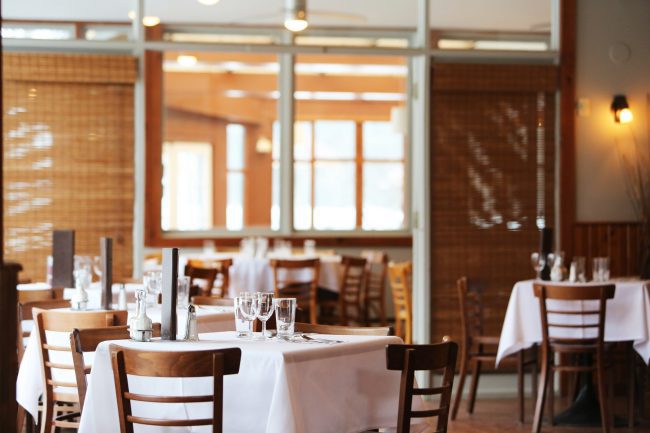Restaurants are not just another type of business. They are uniquely vulnerable to the negative impact bad design has on customers and the flow of the business. Conversely, a good restaurant design will dramatically improve profits in an already competitive industry. What is involved in a good restaurant design?
Tips For Good Restaurant Design
You don’t want people crowded around the front door, causing others to leave instead of coming in to wait. This congested flow can be aided by having separate doors for entry and exit, so that those leaving don’t cause congestion around the entryway. You should also have a smooth, predictable process for paying one’s check that doesn’t slow down the seating of those coming in the door. A line of people waiting to pay their bill will dissuade many thinking about waiting to sit down, since they may not care to know the difference.
You can improve the operations of the restaurant by separating functions. For example, have a separate entrance and counter for those picking up to-go orders than those sitting down to eat. Have the bar separate from family dining. Place the bathroom where the flow of people to it won’t interfere with food coming out of the kitchen.
Before you try to alter your restaurant’s atmosphere or performance to try to make money, look at the flow of operations. Speeding up the rate at which people are seated, served and pay is always better than cutting the quality of the food or service.
Atmosphere by Design
The atmosphere of the restaurant needs to match the intended customers, or it will fail. For example, few people will seek a family-friendly restaurant for an expensive, romantic night out. And few families will want to bring children to a restaurant dominated by a bar and small tables perfect for a couple out on the town or, at best, a group of single friends. Everything from the lighting to the décor to the layout impacts the emotional atmosphere of the restaurant.
Choosing the Right Colors
The wrong color scheme, music that doesn’t fit the décor or artwork that clashes with everything else hurts your business. And what works for one restaurant won’t necessarily work for another. A cheap eatery that caters to the working-class lunch crowd will look very different than the upscale luxury facility. If you don’t know what design elements should be implemented when you upgrade a restaurant to appeal to a more profitable crowd, consult with a luxury designer like Peter Marino.
Remember that you need to design the facility to suit different audiences without them interfering with each other. If you want to host parties, set up separate party rooms so that the noise of that gathering doesn’t disturb someone else’s romantic dinner.
Your restaurant needs to be the right size to make money. A restaurant also needs to have the right atmosphere for the customers it wants to attract, and that is determined by everything from color scheme to food offerings to background music.




